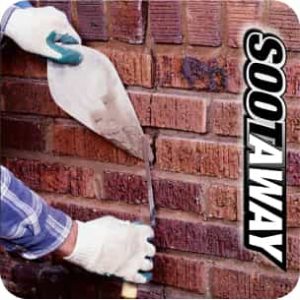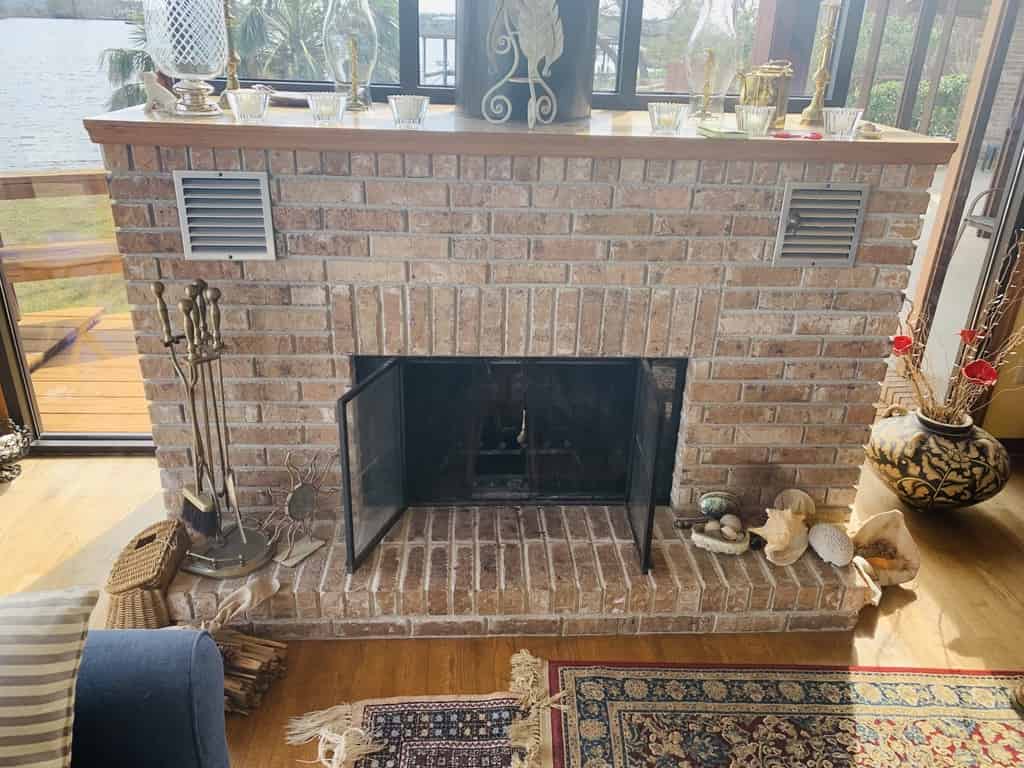Contrary to popular belief, there’s not just one type of mortar for chimneys. The most common type (as well as the tone of the oldest) being fireclay mortar which is a normal cement mortar mixed with dried organic material. Followed up in popularity by a refractory mortar that takes the old firebrick motor and adds calcium aluminate and sand. This makes it last longer as well as being able to stand higher temperatures. Any new chimney build uses refractory mortar, the question then stands which refractory motor would you use, hydraulic setting mortar or air-drying mortar?
Refractory Mortar

- Hydraulic-Setting
- Thought to be the best type of refractory motor, with its many benefits such as acid resistance, and water insolubility its the only one thing recommended for setting flue liners. Its acid resistance makes creosote easier to get off in the flue pipe and increases the life of your chimney.
- Air-Drying Mortar
- Air drying mortar is recommended for interior use (especially in hot areas). The main downside to using air drying mortar is the setup time. Depending on the place up to days to set up, with the best-case scenario being 24 hours before being fully set up. Air-drying mortar is more susceptible to erosion by rain compared to the hydraulic setting mortar which is virtually waterproof.


Recent Comments